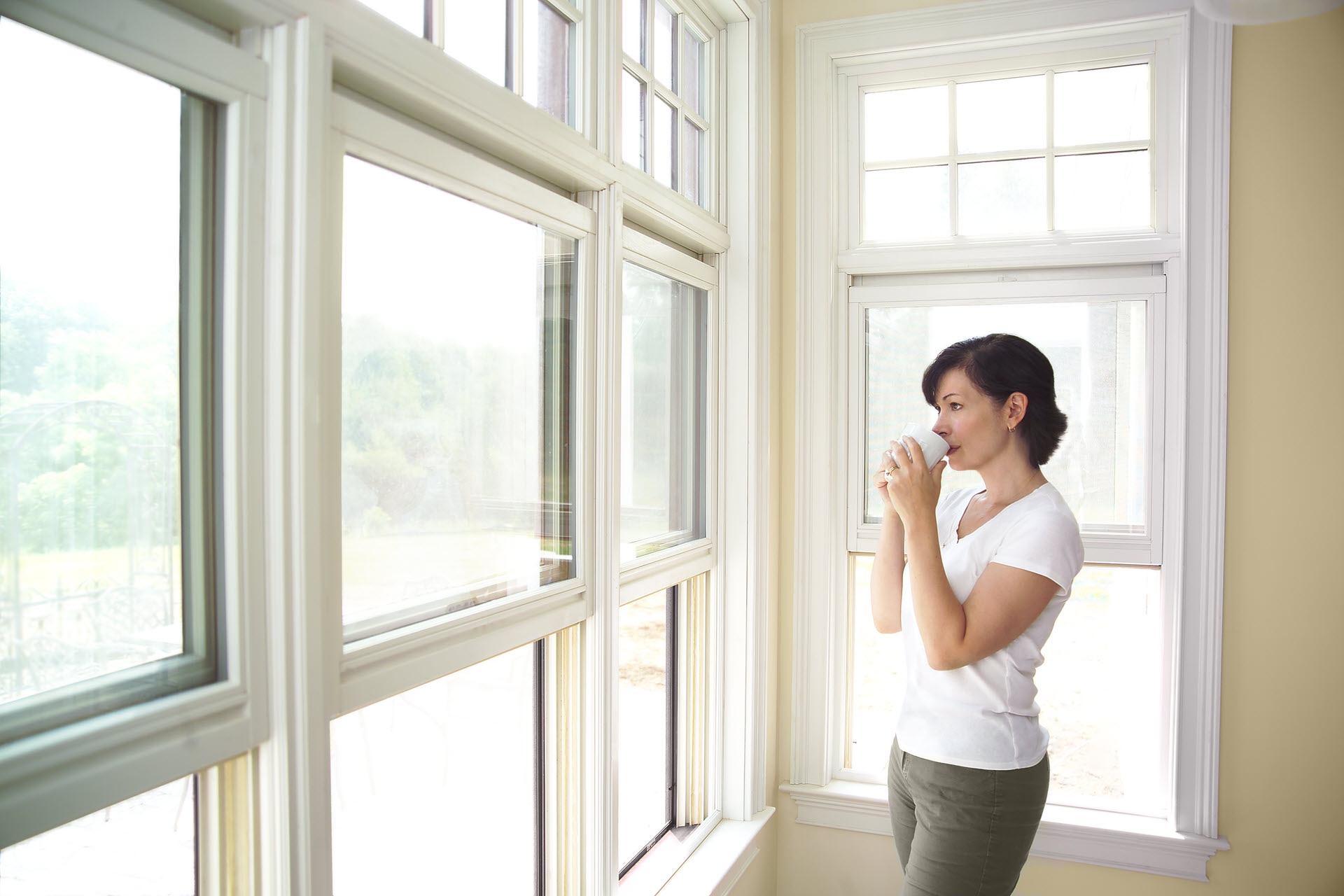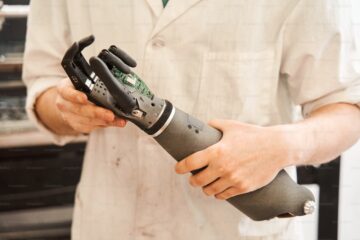When choosing windows for your home, the type of material you select can have a significant impact on the comfort, energy efficiency, and overall look of your living space. With various options available in the market, including timber, aluminium, and uPVC, it can be challenging to decide which material best fits your needs.
In this blog, we’ll explore the differences between common window materials and discuss why uPVC (Unplasticized Polyvinyl Chloride) has emerged as a standout option for homeowners around the world.
Understanding Common Window Materials
Before diving into why upvc windows are a smart choice, let’s look at the alternatives: timber and aluminum.
Timber Windows
Timber windows have been a popular choice for centuries due to their traditional aesthetic and durability. Wooden frames give a home a classic, natural appearance, and with proper maintenance, they can last for many years.
However, timber windows come with several drawbacks. First, they require regular maintenance, including painting and sealing, to protect against moisture, rot, and pest damage. Additionally, timber frames tend to be more expensive upfront and less energy-efficient compared to modern materials.
Aluminum Windows
Aluminum is another widely used window material, particularly in modern and contemporary designs. It’s strong, lightweight, and can be molded into slim, sleek profiles that allow for larger glass panes.
Aluminium is also highly durable, resistant to corrosion, and requires less maintenance than timber. However, it tends to be a poor insulator, which can lead to heat loss in colder climates. Although improvements have been made with thermal breaks, aluminium windows are generally less energy-efficient than uPVC.
What is uPVC?
uPVC stands for unplasticised polyvinyl chloride, a low-maintenance, durable material used for window frames. Unlike its cousin PVC, which is softer and flexible, uPVC is rigid and highly resistant to damage from the environment. Its unique properties make it an excellent option for window construction, especially for homeowners seeking a balance of performance, affordability, and energy efficiency.
Why uPVC Stands Out
Now that we’ve covered the basic characteristics of timber and aluminium, let’s explore why uPVC is increasingly favoured by homeowners and builders alike.
1. Energy Efficiency
One of the most compelling reasons to choose uPVC windows is their excellent energy efficiency. uPVC is a poor conductor of heat, which means it minimises heat transfer between the interior and exterior of your home.
This can help keep your home warm in the winter and cool in the summer, reducing the reliance on heating and cooling systems. Many uPVC windows also have double or triple-glazing options, which further enhance their insulating properties.
When compared to aluminium, which can easily transfer heat and cold, uPVC offers much better thermal performance. As energy efficiency becomes more critical for reducing household energy bills and environmental impact, uPVC has become an appealing choice for eco-conscious homeowners.
2. Low Maintenance
Unlike timber, which requires regular painting, sealing, and repairs to maintain its appearance and functionality, uPVC windows are virtually maintenance-free. The material does not rot, rust, or warp, and it is resistant to corrosion, salt, and UV rays. To keep uPVC windows looking their best, all you need to do is clean them occasionally with a soft cloth and soapy water.
This low-maintenance quality is especially beneficial for homeowners in coastal areas, where the salty sea air can accelerate wear and tear on other window materials, like timber or metal.
3. Durability and Longevity
uPVC windows are incredibly durable and built to last. The material is resistant to the common issues that can plague other window materials, such as swelling, warping, or flaking.
In areas with extreme weather conditions—such as heavy rainfall, strong winds, or intense sunlight—uPVC retains its structural integrity better than timber or aluminium. Most uPVC windows have a long lifespan, often exceeding 20-25 years, with little to no signs of wear.
4. Affordability
When considering the initial cost of window installation, uPVC often comes out as the most affordable option. While timber windows tend to be more expensive due to the material and craftsmanship involved, and aluminium may require additional insulation features, uPVC offers an affordable yet high-performing solution. It provides excellent value for money, especially when you consider its energy-saving potential and minimal maintenance costs over time.
5. Aesthetic Versatility
Although some people associate uPVC windows with a basic, utilitarian look, the modern range of uPVC frames offers a surprising level of versatility. Available in a variety of colours, finishes, and styles, uPVC can complement traditional or contemporary homes alike. Whether you want the clean, crisp look of white frames or the warmth of woodgrain finishes, uPVC allows you to customise the appearance to suit your home’s design.
Conclusion: Why uPVC Windows are a Smart Investment
When comparing window materials, it’s clear that uPVC stands out for its combination of energy efficiency, low maintenance, durability, and affordability. While timber windows may provide a timeless, classic appeal and aluminum windows offer a sleek, modern design, uPVC brings together the best of both worlds without the drawbacks. For homeowners seeking long-lasting windows that perform well in various climates, uPVC is an excellent option worth considering.
By making the switch to uPVC windows, you can improve your home’s comfort, reduce energy bills, and enjoy the convenience of a low-maintenance product—all while investing in a material that is built to last.
Keep an eye for more latest news & updates on Discover Tribune!




